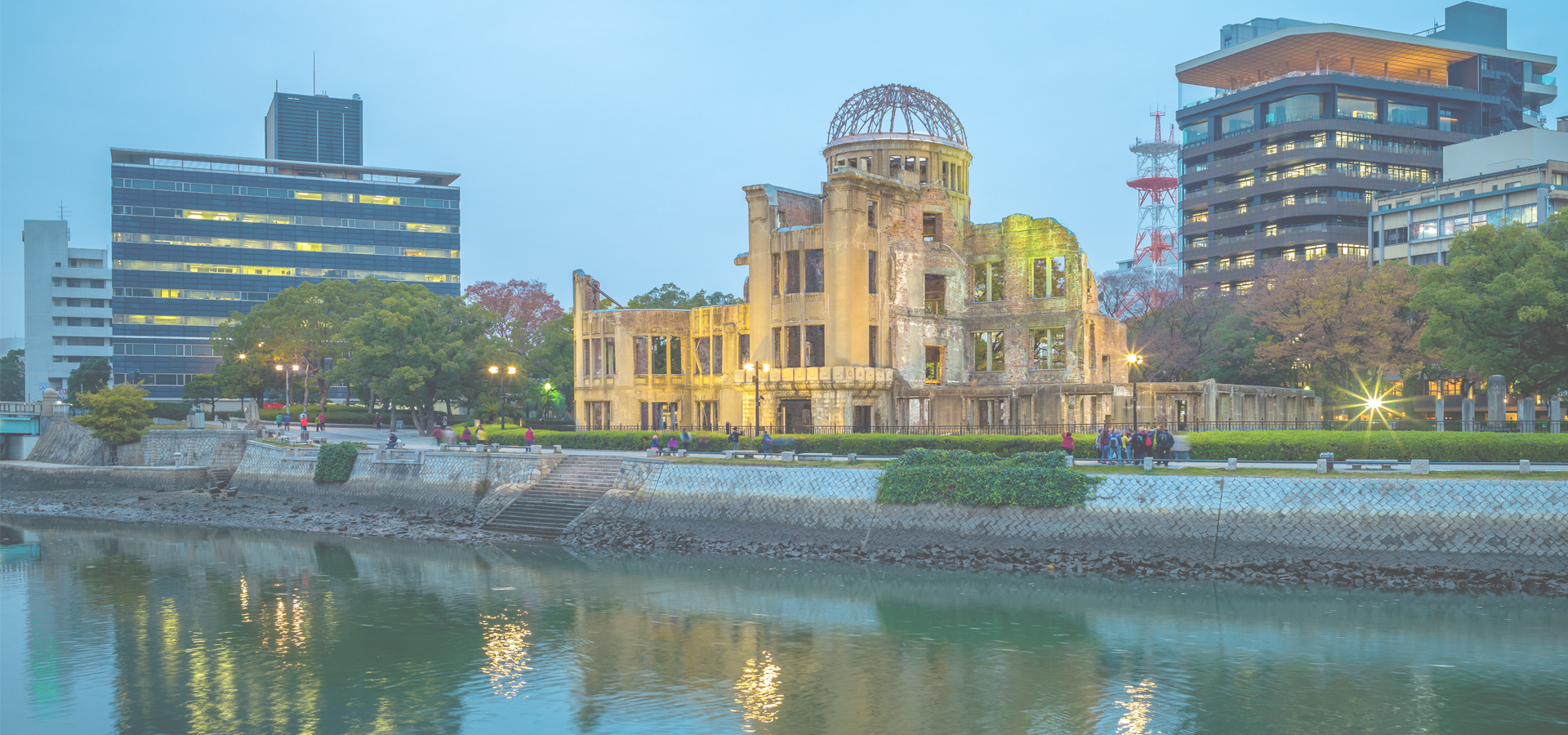Mihara, Hiroshima Prefecture, Chūgoku Region, Japan
🇯🇵 Mihara (三原市, Mihara-shi) is a city located in Hiroshima Prefecture, Japan. The city had an estimated population density of 190 persons per km². The total area of the city is 258.14 square km (99.67 sq mi).
Geography Mihara is located in south-central Hiroshima Prefecture. It faces the Seto Inland Sea to the south, and part of the coastline forms part of the Setonaikai National Park. The origin of the name of "Mihara" is from the alluvial fans of Yubara, Komagahara, and Konishihara Rivers. The Numata River, a second-class river that originates from the Kamo plateau of Higashihiroshima City, flows through the centre of the city, and the central urban area flourishes at its mouth. Most of the current central city area is reclaimed land, and steep mountains approach the coastline, while the northern part is a highland area with an elevation of 400 meters or more at the southern tip of Kibi Plateau, and the western part is mostly hilly.
Adjoining municipalities Hiroshima Prefecture • Onomichi • Takehara • Higashihiroshima • Sera.
History The Mihara area is part of ancient Aki Province and has been settled since prehistoric times. The area has many burial mounds from the Kofun period. During the Sengoku Period, Mihara developed as a jōkamachi around Mihara Castle, the stronghold of Kobayakawa Takakage from 1582. Following the 1600 Battle of Sekigahara, Fukushima Masanori was granted Aki Province, which he ruled from Hiroshima Castle; Mihara Castle has retained as a branch castle. In 1619, his holdings were divided between Fukuyama Domain and Hiroshima Domain, with Mihara becoming part of the holdings of the Asano clan of Hiroshima. Following the Meiji restoration, the town of Mihara was established on April 1, 1889 with the creation of the modern municipalities system. Mihara merged with the town of Itozaki and several neighboring villages to become the city of Mihara on November 15, 1936.
On March 22, 2005, the town of Daiwa (from Kamo District), the town of Kui (from Mitsugi District), and the town of Hongō (from Toyota District) were merged into Mihara.
Government Mihara has a mayor-council form of government with a directly elected mayor and a unicameral city council of 25 members. Mihara, collectively with the town of Sera, contributes three members to the Hiroshima Prefectural Assembly. In terms of national politics, the city is divided between the Hiroshima 4th district, Hiroshima 5th district, and Hiroshima 6th district of the lower house of the Diet of Japan.
Economy Mihara is a key point of transportation in Hiroshima Prefecture, with major transportation infrastructure, such as the Sanyo Shinkansen, Sanyo Main Line, Mihara Port, Hiroshima Airport, and Sanyo Expressway. The city is a centre for heavy industry, with metallurgical and chemical-related companies in the coastal areas, and electronic equipment-related companies in the inland industrial parks. In terms of agriculture, citrus fruits are grown in coastal areas, and paddy rice and fruit trees are cultivated in mountainous areas.
Education Mihara has 20 public elementary schools, and ten public junior high schools operated by the city government, and three public high schools operated by the Hiroshima Prefectural Board of Education. The prefecture also operates one special education school for the disabled. There is also one national elementary school, one national junior high schools. two private junior high schools and two private high schools.
The Prefectural University of Hiroshima has a campus in Mihara.
Transport: Air • Hiroshima Airport.
Transport: Rail JR West – San'yō Shinkansen • Mihara
JR West (JR West) - San'yō Main Line • Itozaki - Mihara - Hongō
JR West (JR West) - Kure Line • Mihara - Sunami - Akisaizaki.
Transport: Road • San'yō Expressway • National Route 2 • National Route 185 • National Route 432 • National Route 486.
Ports • Mihara Port • Onomichi-itozaki Port • Sagi Port • Sunami Port.
Castles • Mihara Castle, National Historic Site • Niitakayama Castle - A castle ruin, one of the Continued Top 100 Japanese Castles. • Takayama Castle
Temples • Daizen-ji • Buttsū-ji – Chūgoku 33 Kannon Pilgrimage #12.
Shrines • Mitsugi-hachimangu.
Festivals • Mihara Yassa Matsuri • Mihara Shinmeiichi Festival • Satsuki Matsuri.
Asia/Tokyo/Hiroshima

Mihara has a population of over 88,591 people. Mihara also forms one of the centres of the wider Hiroshima Prefecture which has a population of over 2,811,410 people.
To set up a UBI Lab for Mihara see: https://www.ubilabnetwork.org Twitter: https://twitter.com/UBILabNetwork
Twin Towns, Sister Cities Mihara has links with:
🇳🇿 Palmerston North, New Zealand 🇯🇵 Yugawara, Japan🇺🇸 Santa Clarita 34.388
🇺🇸 Santa Barbara 34.417
🇵🇰 Muzaffarabad 34.346
🇯🇵 Hatsukaichi 34.333
🇯🇵 Shikokuchūō 133.553
Locations Near: Mihara 133.067,34.3833
🇯🇵 Onomichi 133.195,34.406 d: 12
🇯🇵 Fukuyama 133.372,34.488 d: 30.3
🇯🇵 Higashihiroshima 132.719,34.435 d: 32.4
🇯🇵 Miyoshi 132.846,34.813 d: 51.9
🇯🇵 Hiroshima 132.47,34.379 d: 54.8
🇯🇵 Matsuyama 132.767,33.833 d: 67.1
🇯🇵 Shikokuchūō 133.553,33.983 d: 63.1
Antipodal to: Mihara -46.933,-34.383
🇧🇷 Rio Grande -52.099,-32.041 d: 19468.6
🇧🇷 Viamão -51.023,-30.088 d: 19402
🇧🇷 Pelotas -52.341,-31.763 d: 19433.1
🇧🇷 Gravataí -50.983,-29.933 d: 19390.6
🇧🇷 Alvorada -51.079,-30.001 d: 19391
🇧🇷 Cachoeirinha -51.083,-29.95 d: 19386.3
🇧🇷 Porto Alegre -51.229,-30.028 d: 19384.4
🇧🇷 Canoas -51.183,-29.915 d: 19377.4
🇧🇷 Sapucaia do Sul -51.146,-29.842 d: 19373